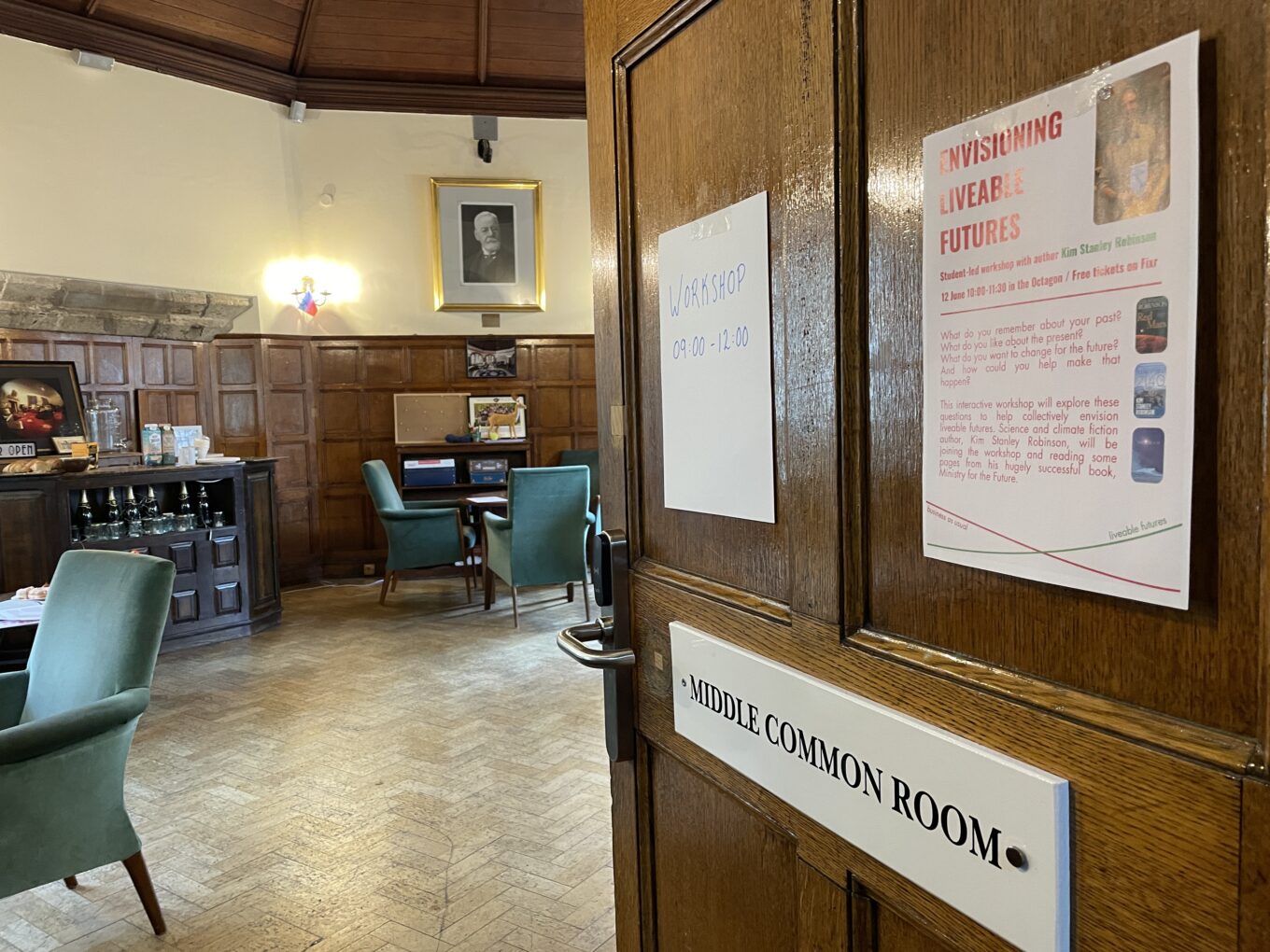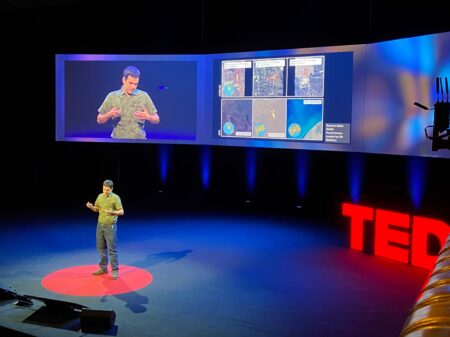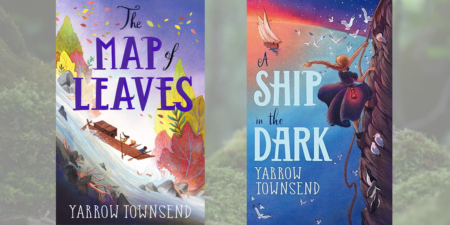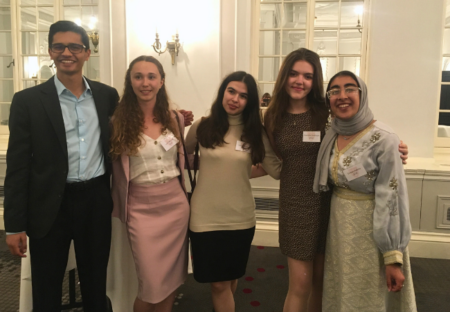Editors note: In June 2024, cli-fi author Kim Stanley Robinson visited Hertford College as part of the Oxford Ministry for the Future initiative. Hertford students organised a workshop with the author, exploring the idea of ‘liveable futures’. Below is an account of the event by co-organiser Rosalind Chaston (MSc Environmental Change and Management, 2023).
Kim Stanley Robinson’s book The Ministry for the Future tells the story of the not-so-distant future in which the consequences of climate change are upon us (even more so than today). The book brings attention to some of the systems-wide impacts of getting climate change wrong: from heat waves to floods, mass movement to geopolitical disputes, and carbon capture to geoengineering. What stood out to me, however, is that it’s not the technical solutions themselves, but the human stories and choices behind them that are important. The narrative doesn’t just lecture on the technicalities of growing glaciers; it brings us into the life of a scientist experimenting and making breakthroughs.
This perspective felt like an invitation.
I chatted to Pree, a fellow Hertford student. Throughout our MSc in Environmental Change and Management, we’ve had several workshops and lectures emphasising the importance of understanding our positionality – considering where we are coming from and why. While The Ministry for the Future doesn’t explicitly mention this, it appears implicitly as we learn about the backgrounds, thoughts, and feelings of the characters.
This theme inspired the question that guided our workshop: How can we envision liveable futures based on our own experiences? We knew that we wanted this to be open to the whole college, so Molly from the JCR joined our forces and we set to work!
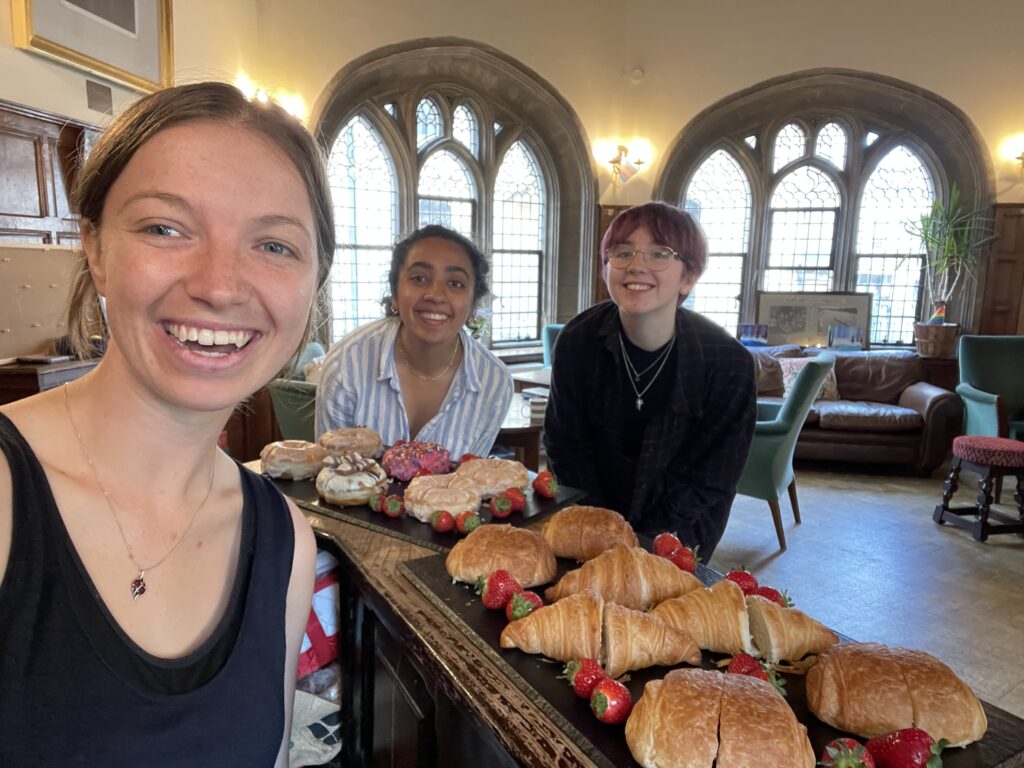
We were really excited that Kim Stanley Robinson would be joining the workshop. We were also aware that many of the participants didn’t know each other because they ranged from first year undergraduates to members of staff. Because of this, we decided to start with a quick ice-breaker, building a “web of wool” and asking people to say a magical moment they experienced recently. “It’s like a metaphor that we’re all connected,” commented Kim Stanley Robinson. Pree, Molly, and I smiled at each other: that was the idea!
We then delved into activities designed to explore our pasts and envision the future. Participants were invited to think about a place or space from their past that meant a lot to them. They were asked to draw the place, the feeling of it, or something that symbolised it. Most chose to draw a location from their childhood. We got parks, mountains, beaches, and gardens – all with varying drawing ability! From this, we began to talk about the drivers of time and how that place is different now: How has the environment, the people, the feeling, and the infrastructure changed? We updated our drawings: one park closed, one beach had a main road built, the mountains were the same. We started to talk about what we liked and what we didn’t like about the changes. Finally, we could consider the future. We intentionally asked people to forget about how they think the place will look, but instead to focus on how that place could look and how they would like it to look in the future. This wasn’t about coming up with the means or processes to get there, but to realise where we want to get in the first place.
Now that we had our personal first-hand accounts, it was time to think about the how. For this, we moved from pictures to words. Participants were asked to articulate the difference between the past they described and the future they envisioned. Then, they were asked to articulate the value needed to realise that future. This sparked a great discussion: Why “persistence”? Why “openness”? Why “stewardship”? Kim Stanley Robinson spoke to us about how he had found the characters and their backgrounds in The Ministry for the Future. We chatted about how there are many means with which to realise a destination, but the manner in which we do it is equally important.
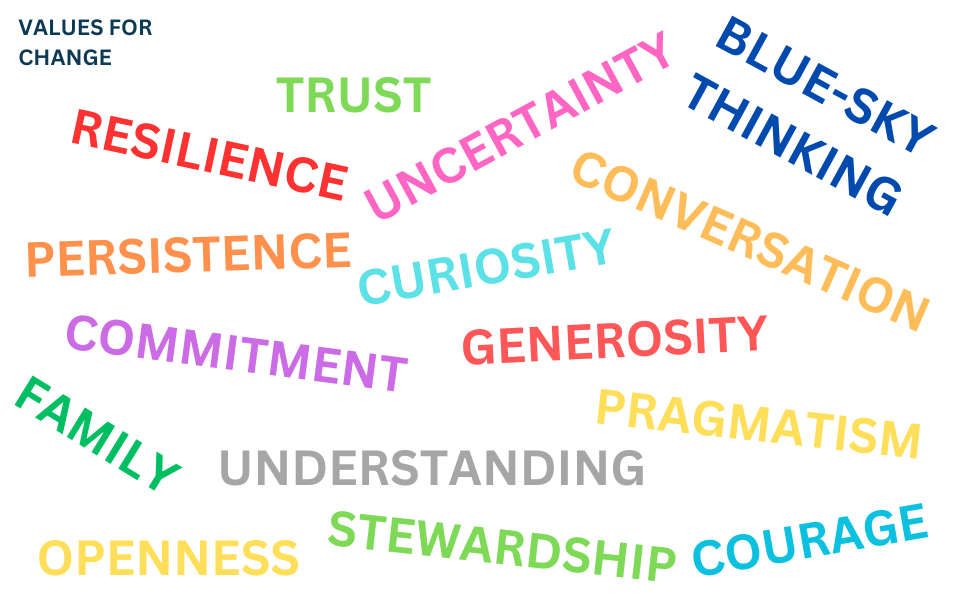
We finished up with a question: In that future that we’ve envisioned, what’s the part you play in it? How can you embody that value you identified? We didn’t answer this. I’m not sure you can in 5 minutes! But I hope that by asking it, each person walked away with a feeling to carry forward. It’s okay not to know every aspect of each possible technical solution to environmental change, after all there are so many characters dealing with different challenges in The Ministry for the Future. But the approach we need, and the value we choose to embody – that’s something we can decide.
